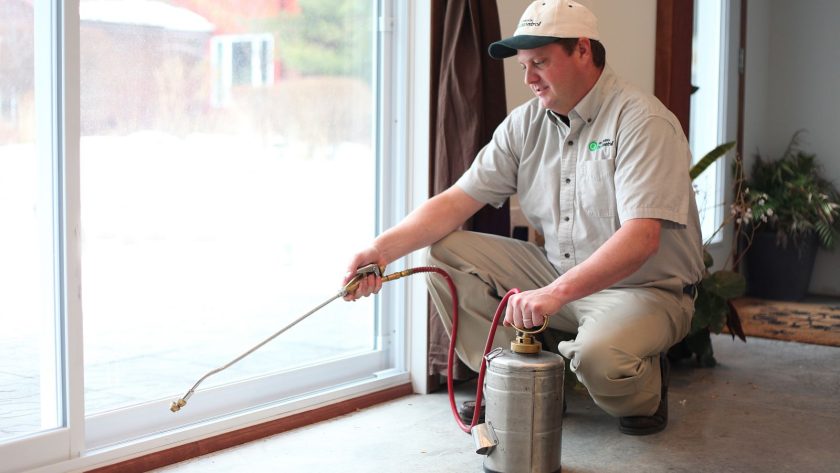As cities continue to grow and expand, the issue of pest control becomes even more crucial. With dense populations and limited green spaces, urban areas are particularly vulnerable to pest infestations. Not only can these pests cause damage to buildings and property, but they also pose health hazards to residents. In order to combat this problem, it is essential for cities to integrate safe pest control measures into their urban planning.
One of the main reasons why pests thrive in urban areas is due to the abundance of food sources. With numerous restaurants, dumpsters, and other sources of trash in close proximity, pests such as rats are able to easily access their necessary nourishment. Therefore, one important aspect of integrating safe pest control into urban planning is addressing waste management practices.
Proper waste management involves not only efficient collection and disposal, but also education for residents on how to properly dispose of their garbage. This can include using sealed garbage cans with tight lids that prevent pests from accessing food sources inside or placing a limit on the amount of time that trash can remain outside before being collected.
Another aspect that should be considered when implementing safe pest control in urban planning is https://aepma.com.au/AccountProfile/129983/Safe_Pest_Control_Pty_Ltd building design. Pests often enter buildings through small cracks or openings in walls or floors. Therefore, incorporating features such as screens on windows and doors can help prevent pests from entering buildings.
Additionally, using environmentally friendly construction materials like steel instead of wood can make structures less attractive to termites and other wood-destroying insects. Green roofs – gardens installed on top of buildings – not only help with insulation but also create natural barriers against various types of pests.
In addition to building design measures, it is important for cities to implement non-toxic methods for controlling pests once they have already entered a structure. This includes utilizing methods such as trapping rather than using pesticides which may harm both humans and other non-target species.
It’s increasingly evident that traditional methods used by many municipalities are not enough when it comes to controlling pests. For example, regularly spraying pesticides in parks and other public spaces may initially eliminate visible pests, but can have negative effects on the environment and human health in the long run. Therefore, integrating safe pest control practices into urban planning is crucial for maintaining a healthy balance between pest management and environmental sustainability.
Moreover, efforts should also be focused on creating green spaces throughout cities. These open areas not only provide residents with much-needed breathing space amidst congested urban landscapes but also act as habitats for various beneficial insects that feed on pests. In addition, green areas can help mitigate excess heat through shading and reduce surface runoff during rainfall events.
In conclusion, as cities face rapid growth and development, they must prioritize incorporating safe pest control measures into their planning strategies. This includes addressing waste management practices, building design features to prevent entry by pests, utilizing non-toxic control methods once they have entered a structure, and promoting green spaces within urban landscapes. By implementing these measures proactively rather than reactively once an infestation has occurred, cities can create healthier environments that are both functional and aesthetically pleasing for residents while reducing potential harm caused by traditional methods of pest control.




